Compact Cinema Camera: Red Komodo or Sony FX3
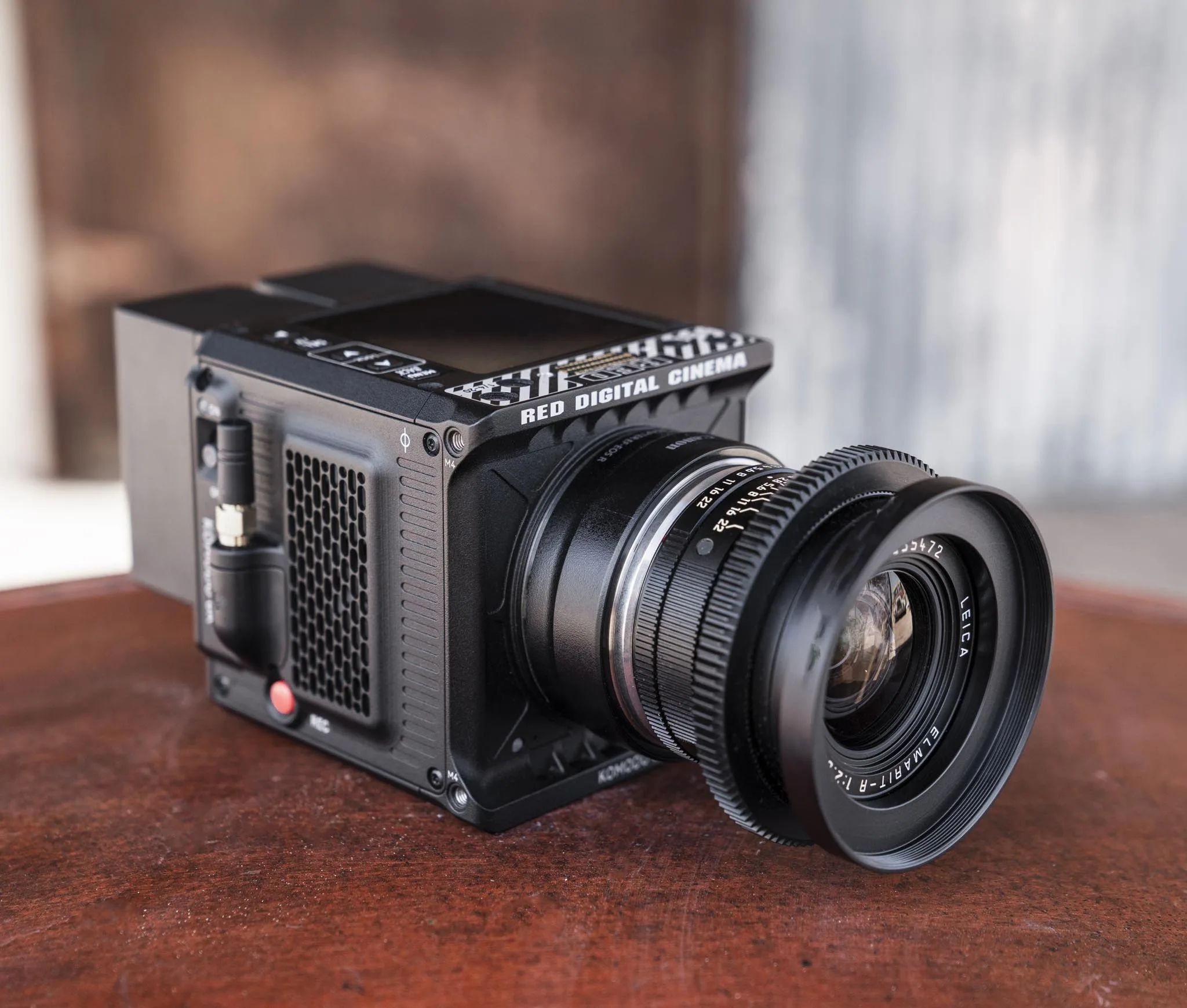
Red Komodo and Sony FX3 both are very powerful compact cinema cameras, but they have distinct strengths and weaknesses. you will get the answer and the comparison between both the models used by the filmmakers these days.
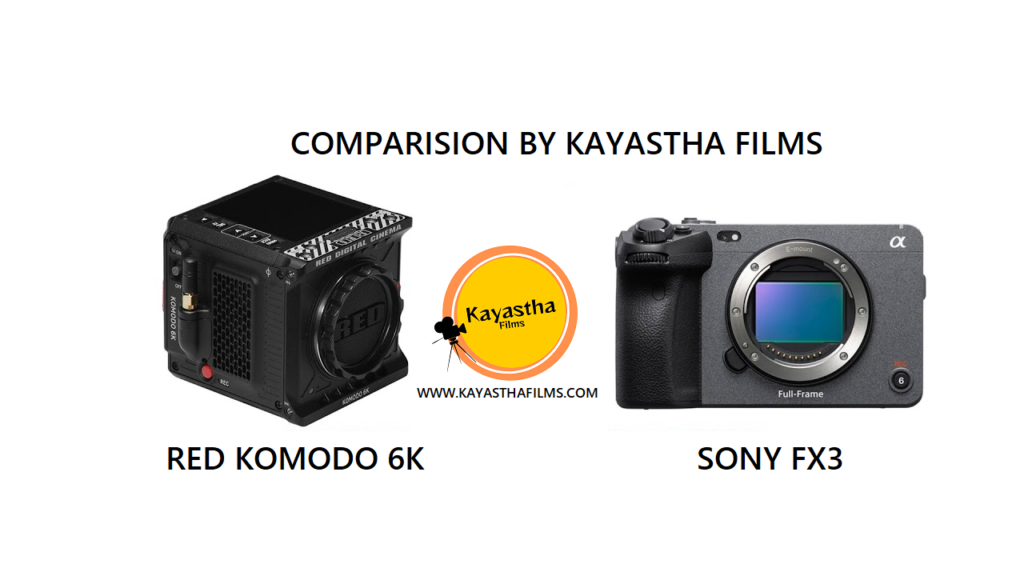
Here’s a breakdown to help you choose the right tool for your project:
Sensor and Image Quality:
- Red Komodo: Boasts a larger Super 35 sensor for a shallower depth of field (blurry backgrounds) and a more cinematic look. Known for capturing stunning detail and rich colors, especially in RAW format (requires powerful computer for editing).
- Sony FX3: Utilizes a smaller Full-Frame sensor, offering a wider field of view and potentially better low-light performance. Excellent overall image quality with good color science and internal recording options in various compressed formats for easier editing.
Recording Options and Workflow:
- Red Komodo: Offers maximum flexibility with RAW recording but requires powerful computers for editing. Internal recording available in compressed formats as well.
- Sony FX3: Shoots in various compressed formats (XAVC codecs) readily editable on most computers. Less flexibility in color grading compared to RAW, but offers a faster and more streamlined editing workflow.
Size and Weight:
- Red Komodo: A clear winner here. It’s incredibly compact and lightweight, ideal for run-and-gun shooting, travel, or use with gimbals.
- Sony FX3: While still relatively compact, it has a more traditional cinema camera size and weight. This translates to more built-in features and controls readily accessible on the body.
Price:
- Red Komodo: Generally more expensive than the Sony FX3, with the body alone costing more.
Here’s a quick guide to choosing:
- Red Komodo for: Achieving a true cinematic look, maximum control in color grading (RAW workflow), and situations where size and weight are critical.
- Sony FX3 for: Easier editing workflow on most computers, good low-light performance, a more affordable option, and situations where built-in features and controls are a plus.
Additional Considerations:
- Autofocus: Sony FX3 boasts superior autofocus capabilities compared to the Red Komodo.
- Lens compatibility: Both cameras offer a good range of lens options (Sony E-Mount for FX3, various options with Red Komodo using adapters).
- Ecosystem: Sony FX3 integrates seamlessly with other Sony cameras and lenses, while Red Komodo offers a more open system.
Remember, the best choice depends on your project’s needs. If you prioritize a true cinematic look with maximum flexibility in color grading and don’t mind a separate RAW workflow, the Red Komodo might be ideal. However, if you value a faster editing workflow, good low-light performance, affordability, and built-in features, the Sony FX3 could be the perfect fit. Cheers!!
Get your filmmaking journey started! Read inspiring blog posts on our website.
You can also connect on LinkedIn with us for more informations.
Acting Auditions in Pune
Hey Actors! Are you looking for acting auditions in web series, short films, music videos, advertise…
Budget Friendly Lens Kit for a Feature Film
Independent filmmakers often face the challenge of working within limited spaces, and few locations …
The “One Lens Film” Concept
Technically, you can shoot an entire feature film with a single prime lens, and many filmmakers have…
Navarasa Emotions in Acting : Nine Emotions
In Indian classical performance traditions — from Bharatanatyam and Kathakali to Sanskrit drama — ac…
Step by Step Process to Learn Method Acting by Stanislavski
Konstantin Stanislavski’s system, often called the foundation of modern acting, focuses on psy…
Step by step process to learn method acting taught by Meisner
Sanford Meisner’s approach to method acting emphasizes living truthfully in the moment, focusi…
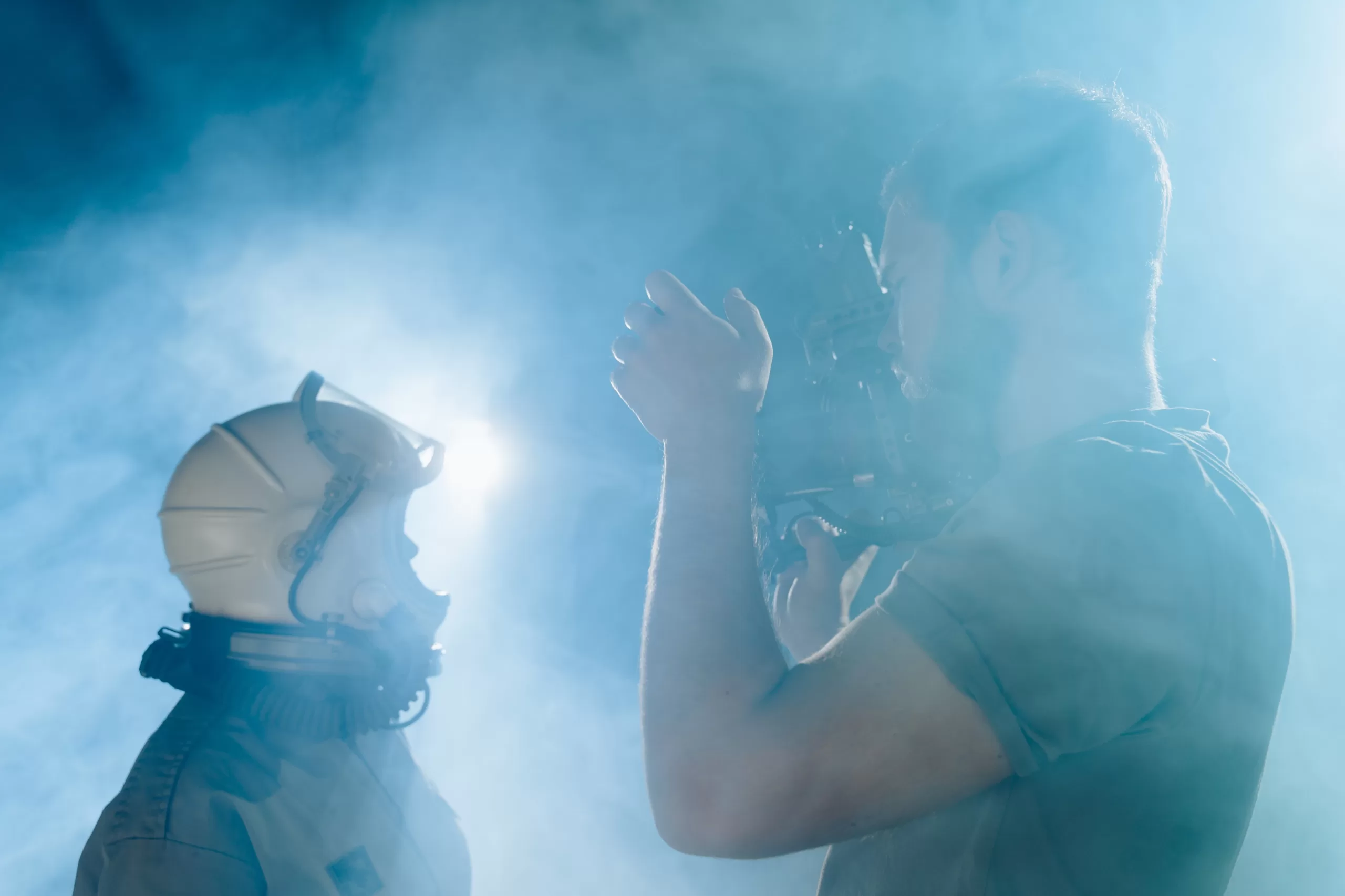
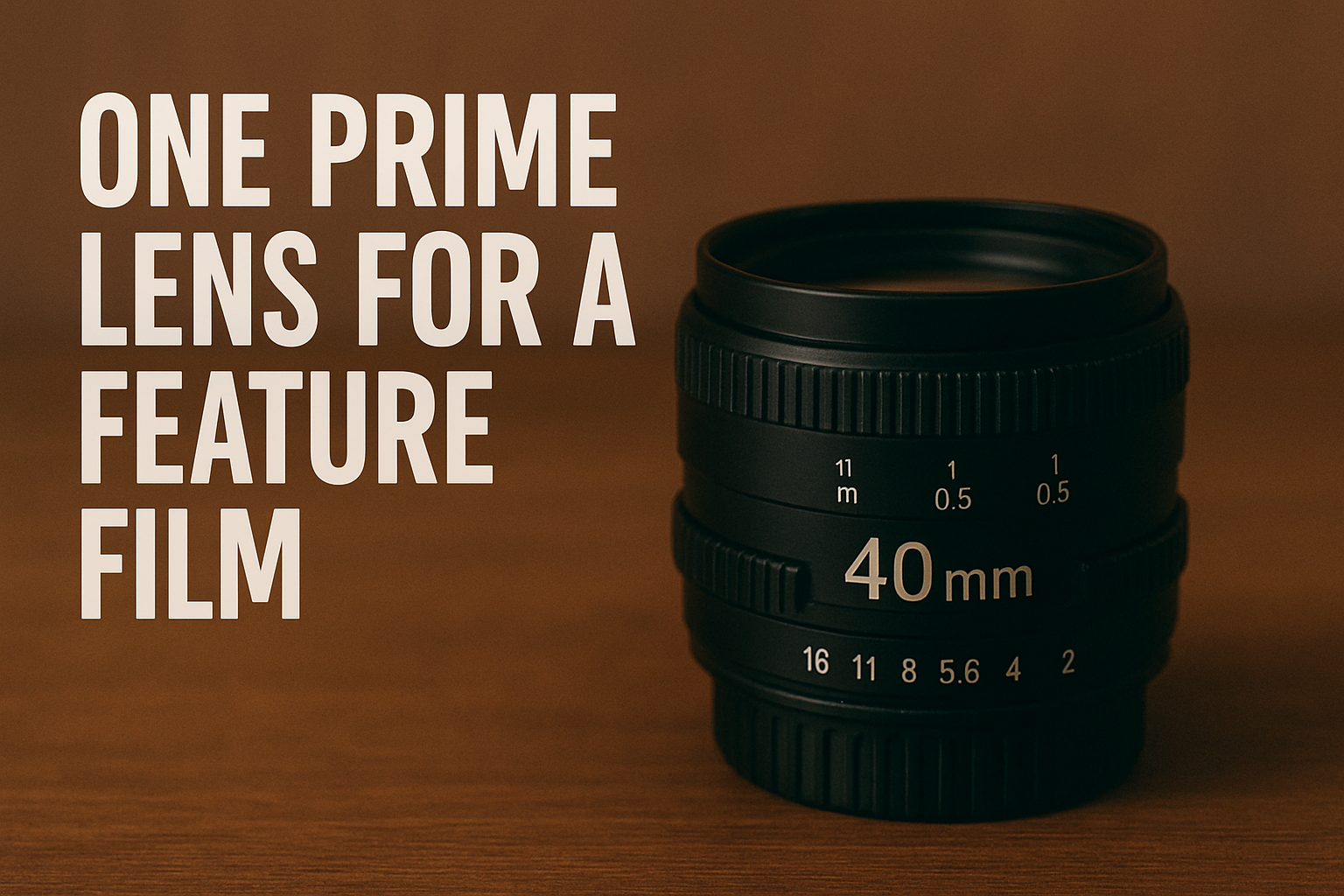
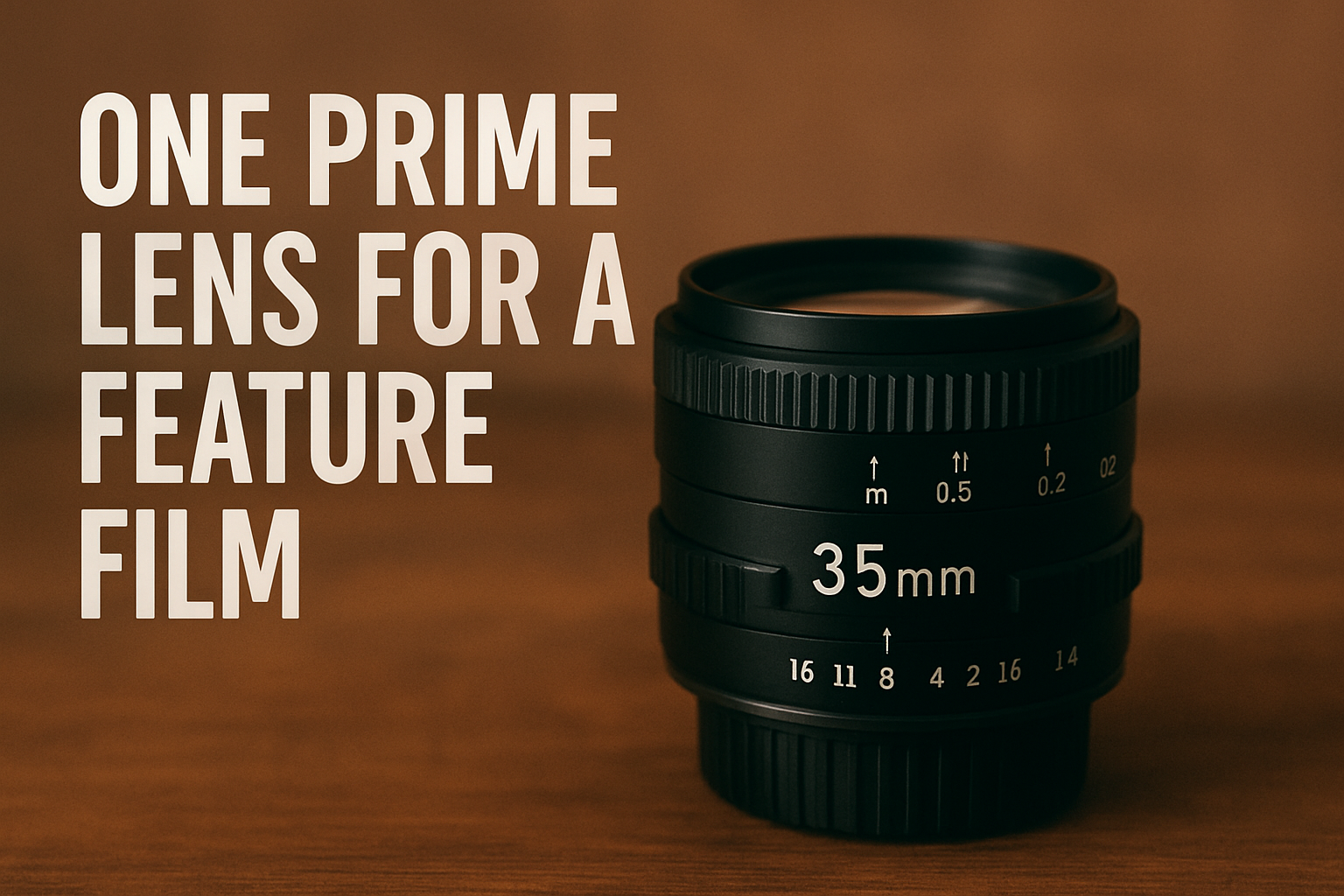


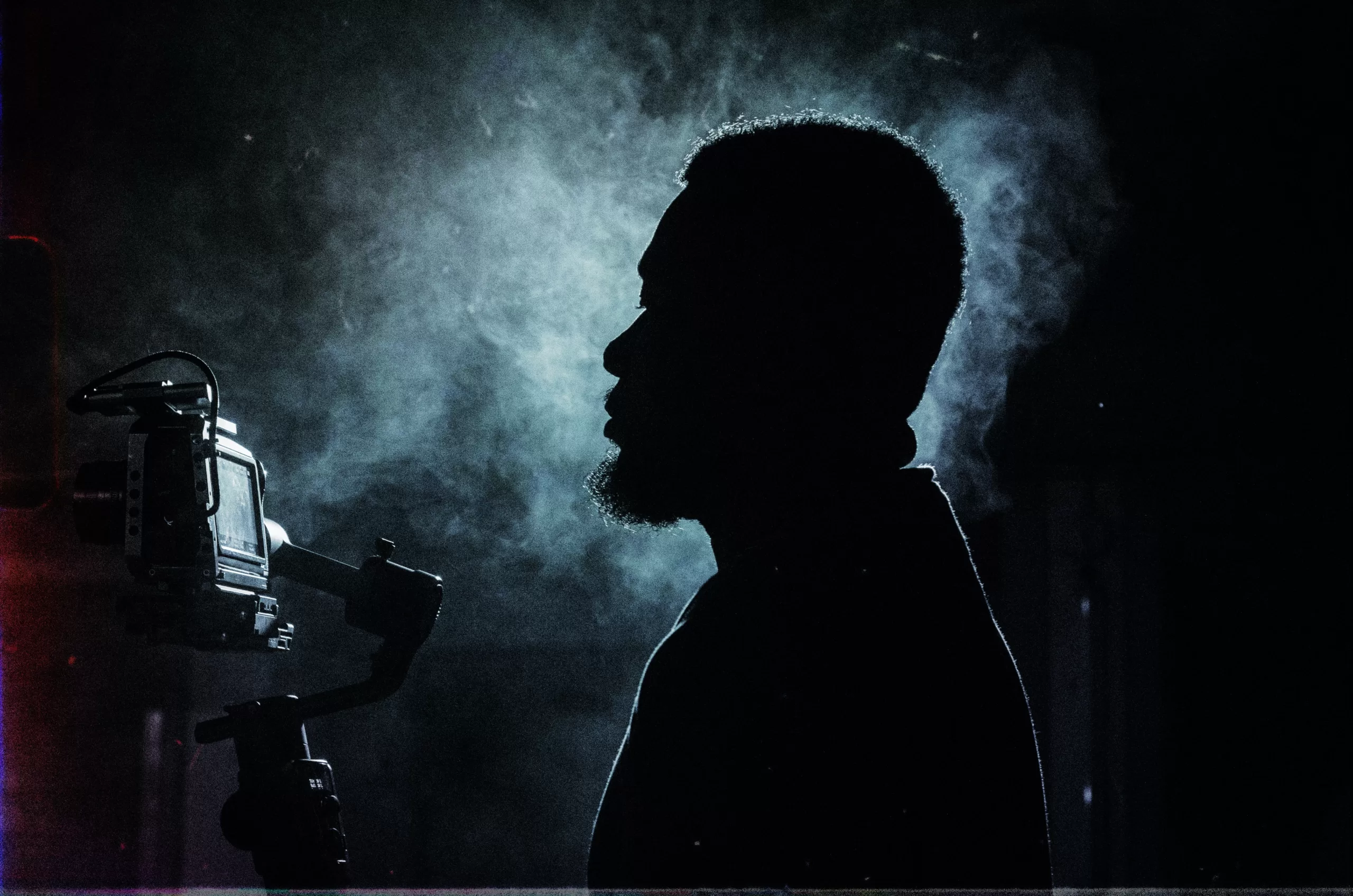
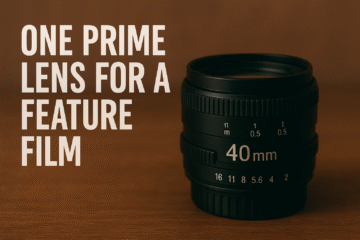
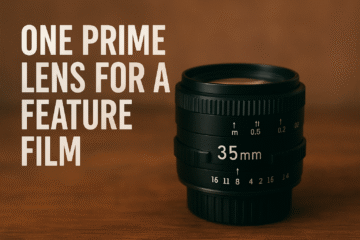
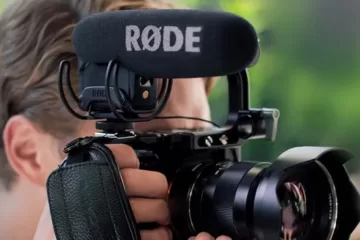
0 टिप्पणियाँ